The Xiaomi 12 Pro is getting some buzz with a price tag that’s right around $1,000, but a full set of flagship features that make it a relative bargain compared with its top competitors. Those features include the Snapdragon 8 Gen 1 chipset and the Xiaomi “HyperCharge” that can return its 4600mAh battery to full power in 18 minutes, according to the brand. On the audio front, the Xiaomi smartphone has quad speakers and Dolby Atmos sound tuned by Harman Kardon.
We put the Xiaomi 12 Pro through our rigorous DXOMARK Audio test suite to measure its performance both at recording sound using its built-in microphones, and at playing audio back through its speakers. In this review, we will break down how it fared in a variety of tests and several common use cases.
Key audio specifications include:
- Four speakers
- Dolby Atmos sound by Harman Kardon
- USB Type C (no audio jack)
About DXOMARK Audio tests: For scoring and analysis in our smartphone audio reviews, DXOMARK engineers perform a variety of objective tests and undertake more than 20 hours of perceptual evaluation under controlled lab conditions. This article highlights the most important results of our testing. Note that we evaluate both Playback and Recording using only the device’s built-in hardware and default apps.
(For more details about our Playback protocol, click here; for more details about our Recording protocol, click here.)
Test summary
Scoring
Sub-scores and attributes included in the calculations of the global score.
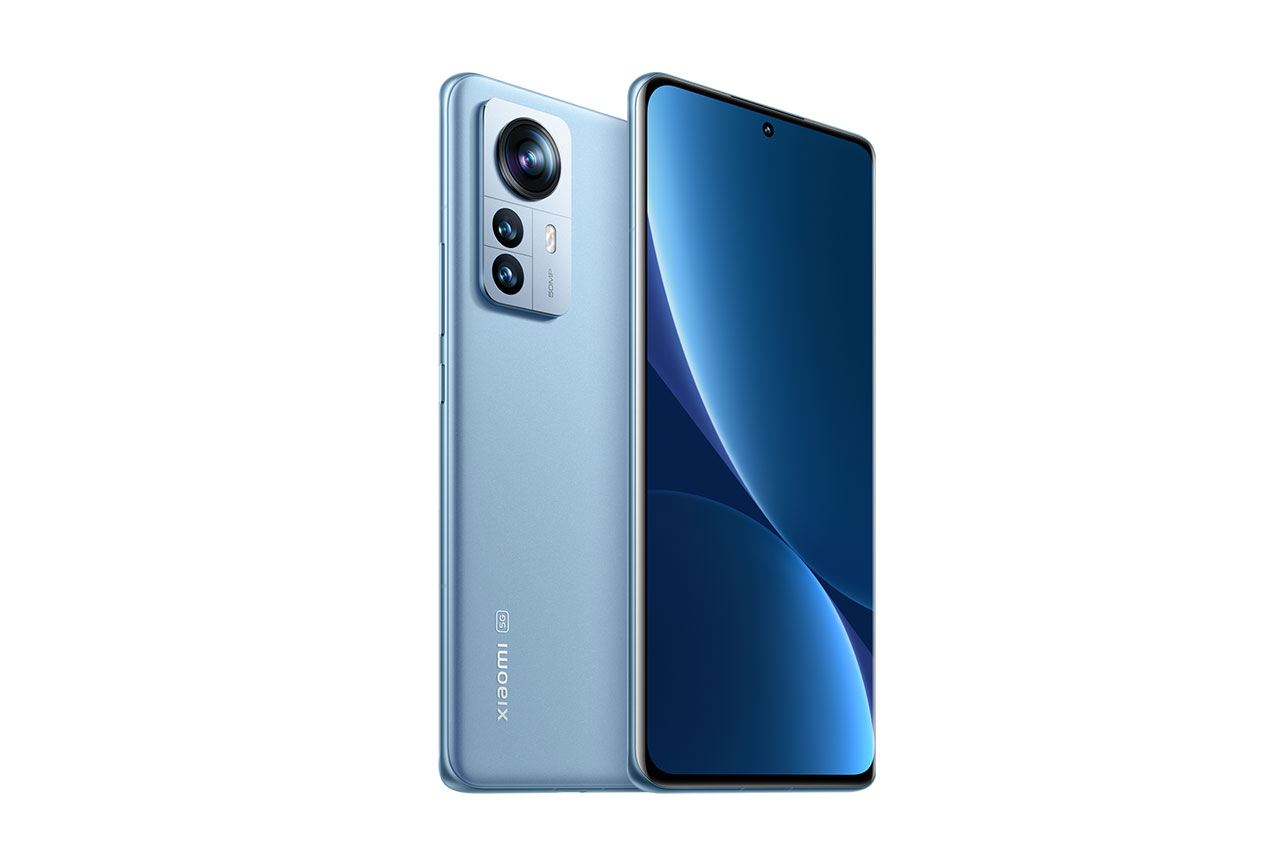
Xiaomi 12 Pro


 72nd
72nd 49th
49thPlayback
Pros
- Pleasant tonal balance at maximum volume
- Snappy attack across all volume steps
- Good wideness
- Mostly artifact-free
Recording
Cons
- Severe lack of bass and limited high-end extension
- Excess of low-midrange and lack of clarity
- Less convincing timbre performance in high-SPL
The Xiaomi 12 Pro’s overall score of 70 puts it in average territory among the Ultra-Premium smartphones we’ve tested. Its score ties it with the Samsung Galaxy S21 Ultra 5G (Exynos and Snapdragon versions), and it is one point behind a brand sibling, the Xiaomi Mi 11 Ultra. The12 Pro’s performance aligns with other devices in the Xiaomi stable. It’s a steady performer with no big flaws and a couple of bright points.
The playback performance of the Xiaomi 12 Pro was solid if unspectacular. In the timbre attribute, it performs better at higher volumes. But in the dynamics attribute, the device was very good, landing among the top 10 Ultra-Premium devices in our database. It also performed well in the spatial attribute, with good stereo wideness.
As a recording device, the 12 Pro turns in a stronger performance overall, proving adept at capturing sound in a variety of situations, though the timbre it produces is lacking in bass and low-end. It does a good job of rendering dynamics, even in loud situations, like an electronic music concert. One drawback here was that the microphones were easily blocked when recording while holding the device in your hand.
Sub-scores explained
The DXOMARK Audio overall score of 70 for the Xiaomi 12 Pro is derived from its Playback and Recording scores and their respective sub-scores. In this section, we’ll take a closer look at these audio quality sub-scores and explain what they mean for the user.
Playback

Timbre
Xiaomi 12 Pro
62
89
Timbre tests measure how well a phone reproduces sound across the audible tonal range and takes into account bass, midrange, treble, tonal balance, and volume dependency.
The Xiaomi 12 Pro turns in a solid performance for timbre. Like its line mate the Xiaomi 12, however, the 12 Pro produces a more satisfying timbre in high-end at maximum volume, thanks to an added brightness. The low-end is also more satisfying at high volume.
The Xiaomi 12 Pro’s tonal balance misses some low-end extension and brilliance, and it puts a slight emphasis on the high-midrange. Treble is decent, even if it lacks high-end extension and upper treble brightness. As noted earlier, that improves to a degree with increased volume. Midrange is somewhat unbalanced. The device suffers from occasional minor resonances from the upper-midrange that can produce some nasal sonority. Low-midrange is satisfying. Overall, bass is satisfactory, and upper bass rendition is pretty good, even without enough low-end extension overall.

Dynamics
Xiaomi 12 Pro
73
81
DXOMARK’s dynamics tests measure how well a device reproduces the energy level of a sound source, and how precisely it reproduces bass frequencies.
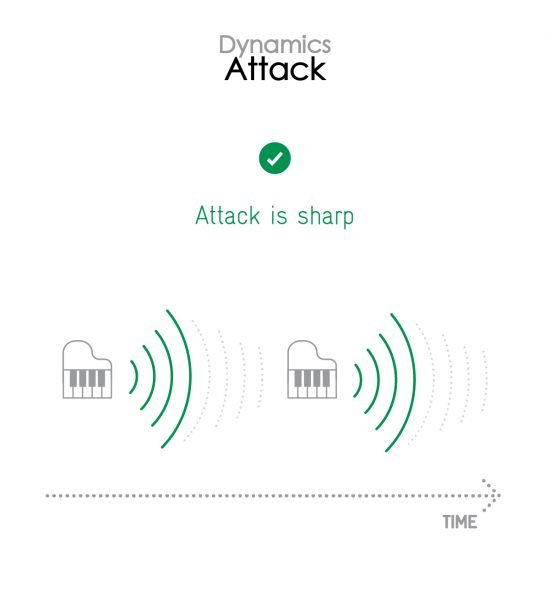
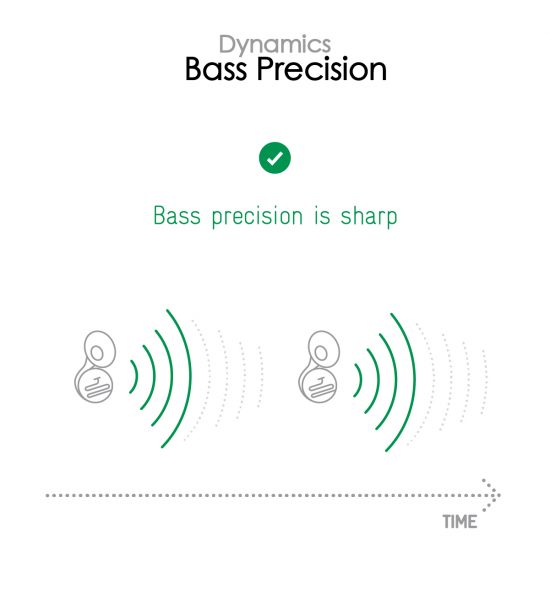
Attack is snappy and accurate in most of our use cases and remains so across all volume steps. Despite its slight lack of bass, the Xiaomi 12 Pro manages to produce a good bass precision and punch, despite a somewhat blurry timbre exacerbated by “fake” bass (approximated with an engineered boost to the low-end), especially at louder volumes.

Spatial
Xiaomi 12 Pro
64
88
The sub-attributes for perceptual spatial tests include localizability, balance, distance, and wideness.
The Xiaomi smartphone tested well in the spatial attribute. The 12 Pro produces decent localizability, except for classical music, where it is a little blurry. Wideness is good, on par with other devices in the Mi 11 series.
One thing that cost it some points here: The Xiaomi 12 Pro does not rotate the sound scene in inverted landscape, in both music and movie applications. Balance is good, although contents that should be centered skew toward the bottom speakers. Distance rendition is accurate and realistic; voices are heard at the correct position.

Volume
Xiaomi 12 Pro
59
91
Volume tests measure both the overall loudness a device is able to reproduce and how smoothly volume increases and decreases based on user input.
The Xiaomi 12 Pro turns in a solid performance in the volume attribute. The maximum volume step is satisfying. The first volume step, on the other hand, is not very intelligible, meaning it’s not useful for broader dynamic range content like classical music.
Here are a few sound pressure levels (SPL) measured when playing our sample recordings of hip-hop and classical music at maximum volume:
| Hip-Hop | Classical | |
| Xiaomi 12 Pro | 69.1 dBA | 66 dBA |
| Vivo X70 Pro+ | 72.4 dBA | 73.8 dBA |
| Google Pixel 6 Pro | 73 dBA | 69 dBA |

Artifacts
Xiaomi 12 Pro
86
113
Artifacts tests measure how much source audio is distorted when played back through a device’s speakers. Distortion can occur both because of sound processing in the device and because of the quality of the speakers.
Recording

Timbre
Xiaomi 12 Pro
77
91
As a recording device, Xiaomi 12 Pro produces generally good timbre. In most use cases, the tonal balance is natural, although slightly less so in the electronic music concert scenario, which involves high sound pressure levels (SPL). Timbre performance is also solid in life video and selfie video, but overall it’s better with the recorder app.
Treble is quite dark, displaying a lack of clarity. That said, it has slightly more brightness than the Xiaomi 12, especially in the electronic music concert use case. This is true regardless of phone orientation and which video camera you’re using, but it does sound a bit better with the recorder app, where treble seems less dark.
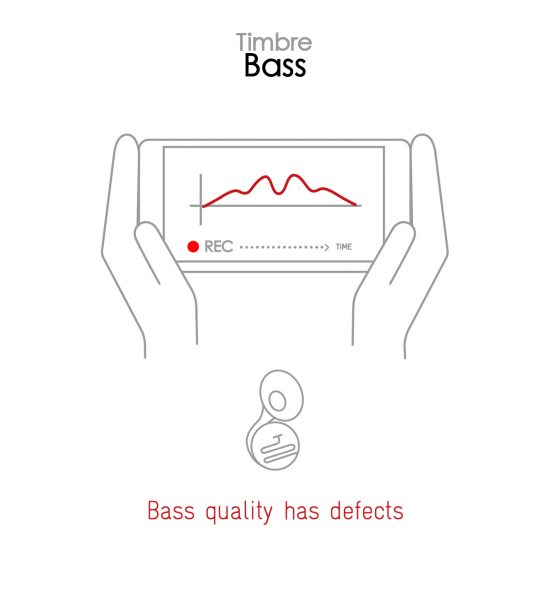
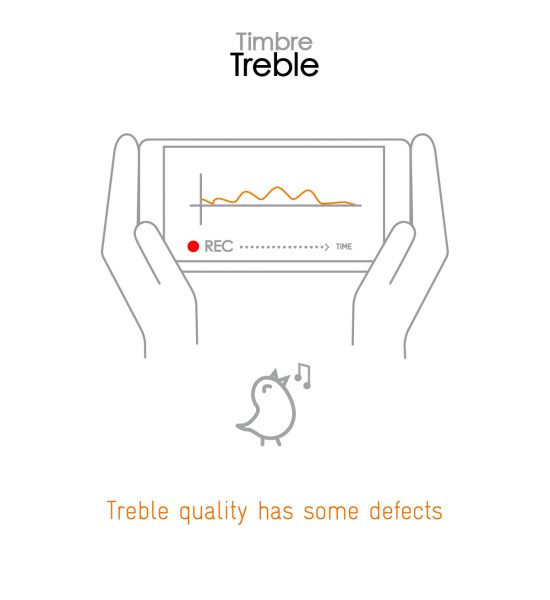
In all use cases, the 12 Pro produces very limited high-end extension in its recordings. Midrange lacks clarity. With a small bump around 300Hz, low midrange becomes a bit muddy, especially in high-SPL recordings. Vocal content can seem restrained as a result of this. Balance seems a bit better with memo app. Bass is severely lacking. As a result, tonal balance is a bit low-midrange-focused, depending on the content.

Dynamics
Xiaomi 12 Pro
73
81
The Xiaomi 12 Pro earned very good marks in the dynamics attribute. Background noise is not intrusive; signal-to-noise ratio is very well tuned. It seems a noise cancellation algorithm might have been applied, but seamlessly.
Envelope rendition is worthy of praise; the small amount of compression does not get in the way. Plosives could be sharper depending on the content, but in this case, the tonal balance isn’t helpful (why isn’t it helpful?). Good performance at high-SPL, with a little barely noticeable compression and pumping.

Spatial
Xiaomi 12 Pro
71
78
In the recording spatial attribute, the Xiaomi 12 Pro delivers a strong showing. The wideness in life video is great, as with most Xiaomi devices we’ve tested.
Localizability is accurate — sound sources’ position is precise in the stereo scene. Distance is realistic in most use cases, but the distance rendition is hindered by slightly muddy low-midrange, making voices sound a bit muffled depending on the content and the voices’ position.In Selfie Video, wideness is limited and stereo scene is quite narrow.

Volume
Xiaomi 12 Pro
57
99
The Xiaomi 12 Pro turns in a solid volume performance. Loudness is good in all use cases, and the device performs very well in our maximum level tests, with little to no distortion.
Here are our test results, measured in LUFS (Loudness Unit Full Scale); as a reference, we expect loudness levels to be above -24 LUFS for recorded content:
| Meeting | Life Video | Selfie Video | Memo | |
| Xiaomi 12 Pro | -25.8 LUFS | -23.1 LUFS | -20.4 LUFS | -20.2 LUFS |
| Vivo X70 Pro+ | -23.1 LUFS | -18 LUFS | -16.7 LUFS | -18.6 LUFS |
| Google Pixel 6 Pro | -27.5 LUFS | -19.6 LUFS | -17.6 LUFS | -20 LUFS |

Artifacts
Xiaomi 12 Pro
76
97
As a recording device, the Xiaomi 12 Pro produces few artifacts. There is some slight pumping with high-SPL contents. Clipping was observed on loud short bursts and transients, such as a sudden shouting voice or a kick at high SPL (what kind of kick are you talking about?).
The microphone positioning leaves the device prone to occlusions — even to the point of completely muting a recording — when handholding the device to record. There are also noises produced by fingers on the mics.
You can check for artifacts yourself in this sample recording:

Background
Xiaomi 12 Pro
39
60
The background performance is adequate. Tonal balance is natural, but lacking in low-end and treble. The background is unobtrusive overall, but excess low midrange makes it sound muddy. Conclusion
Conclusion
The Xiaomi 12 Pro is functional as both a playback and recording tool with good overall performances. It’s a bit more impressive as a recording device, showing itself to be useful in a variety of scenarios, be it in recording video to the front or rear or in recording using the memo app.


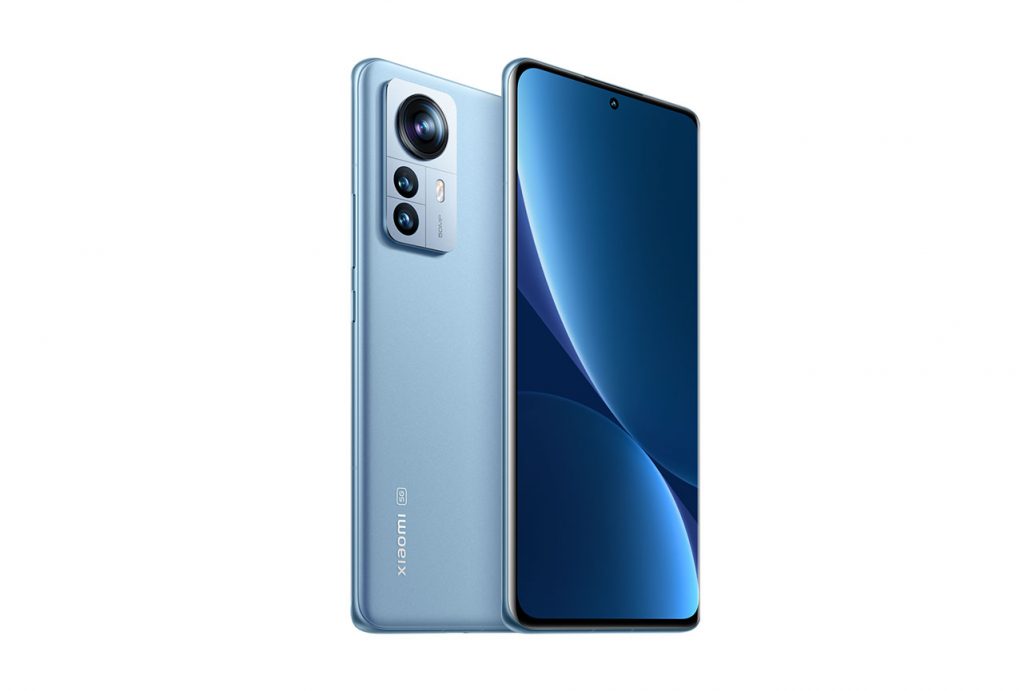
DXOMARK encourages its readers to share comments on the articles. To read or post comments, Disqus cookies are required. Change your Cookies Preferences and read more about our Comment Policy.